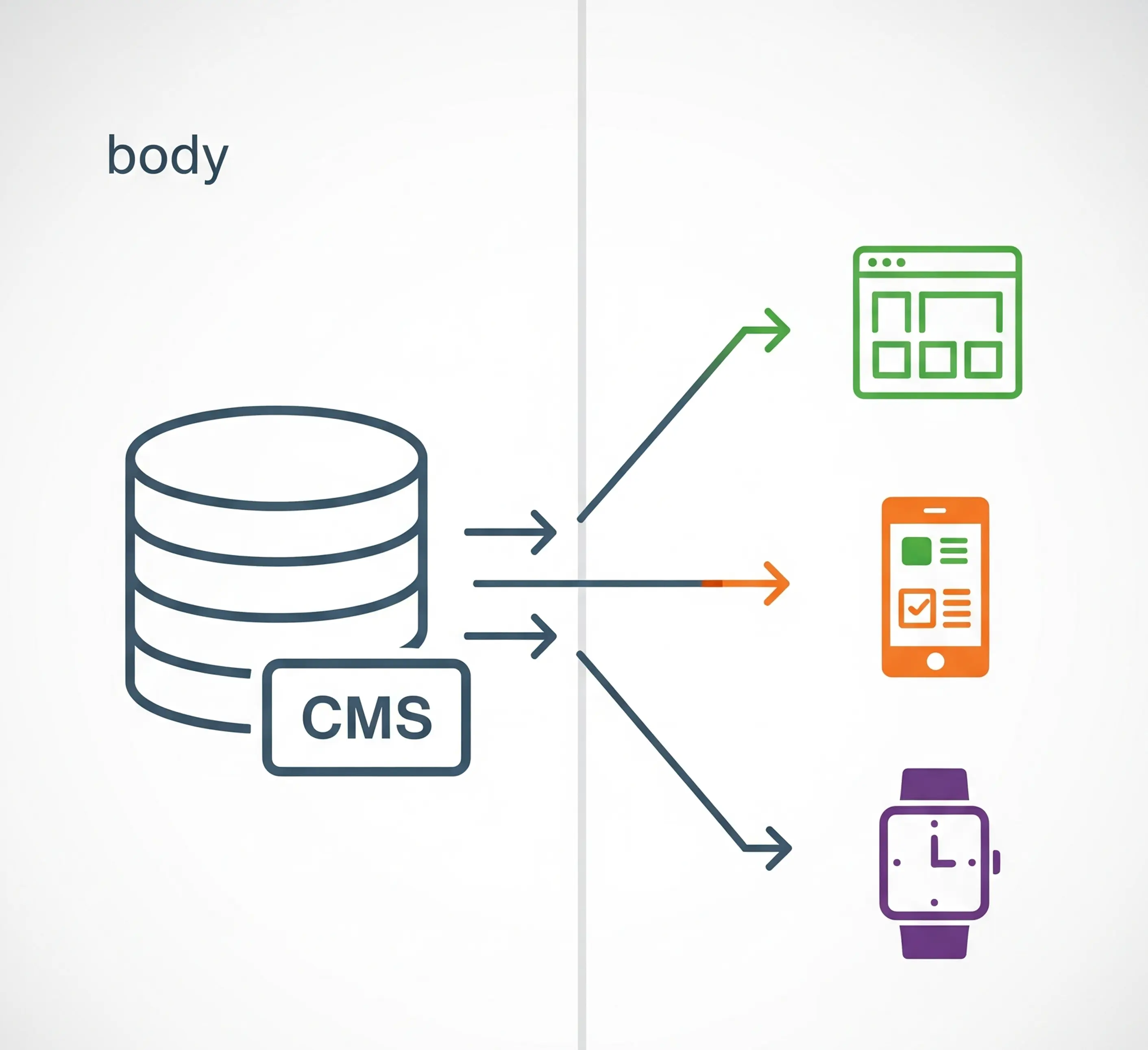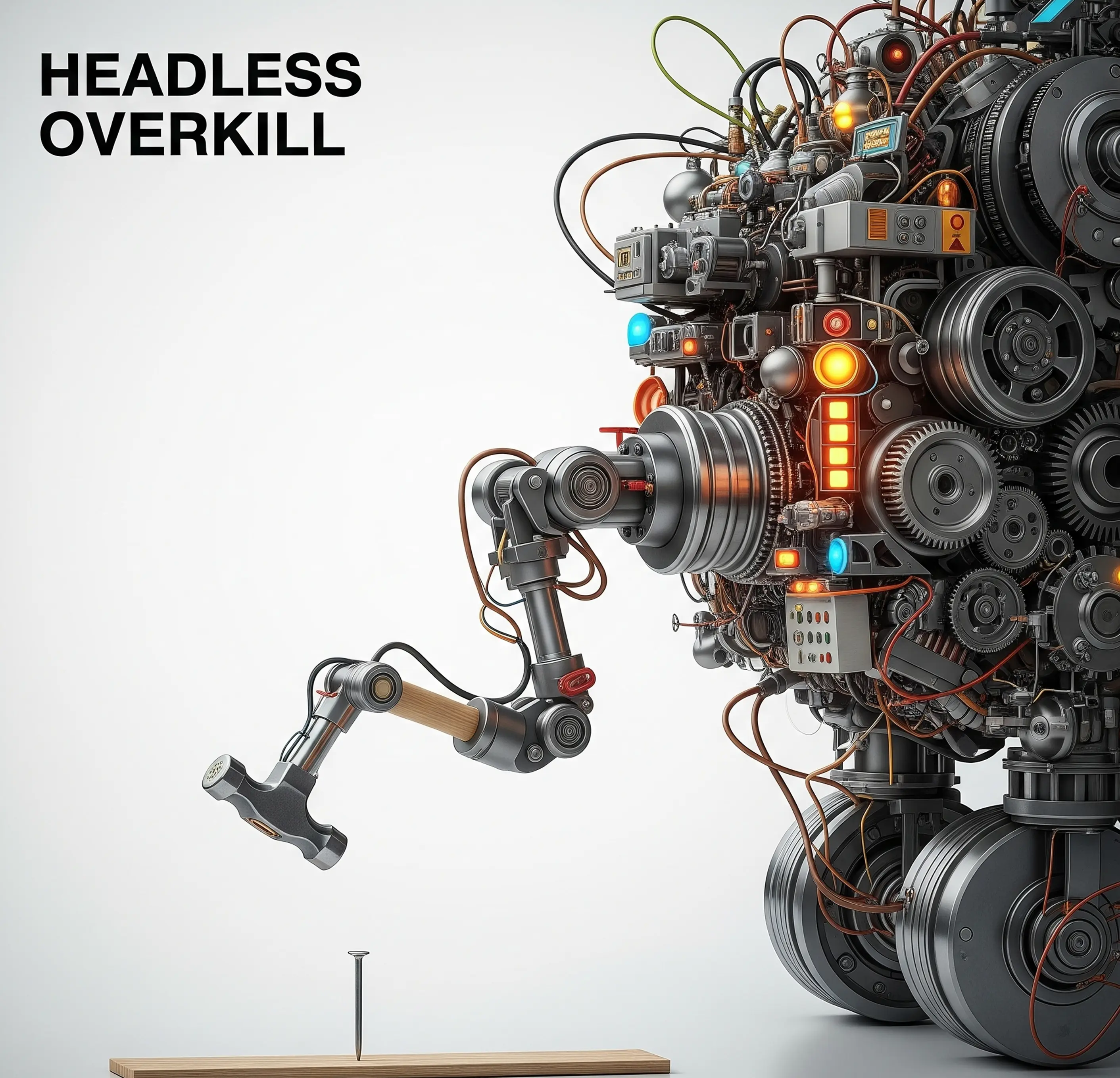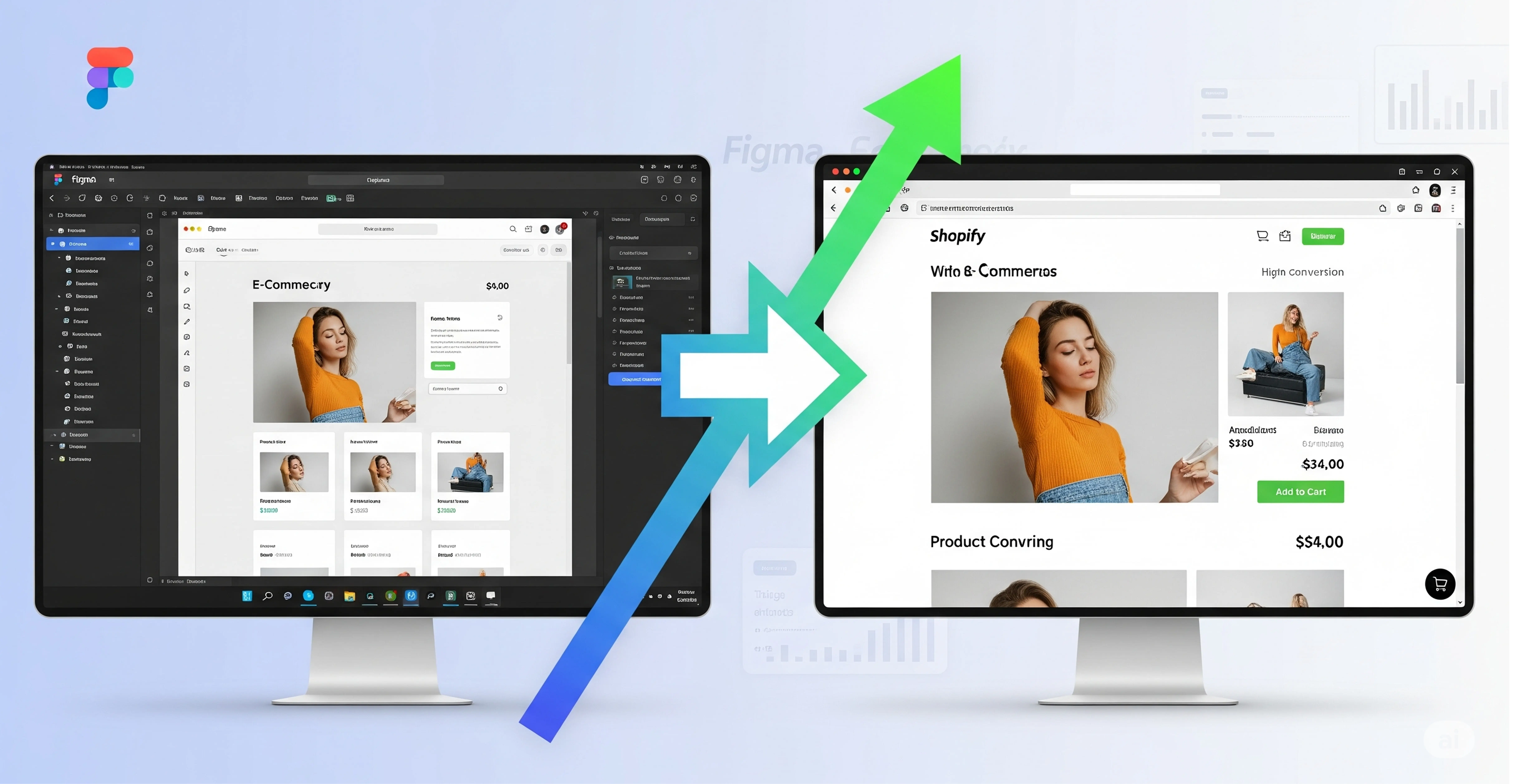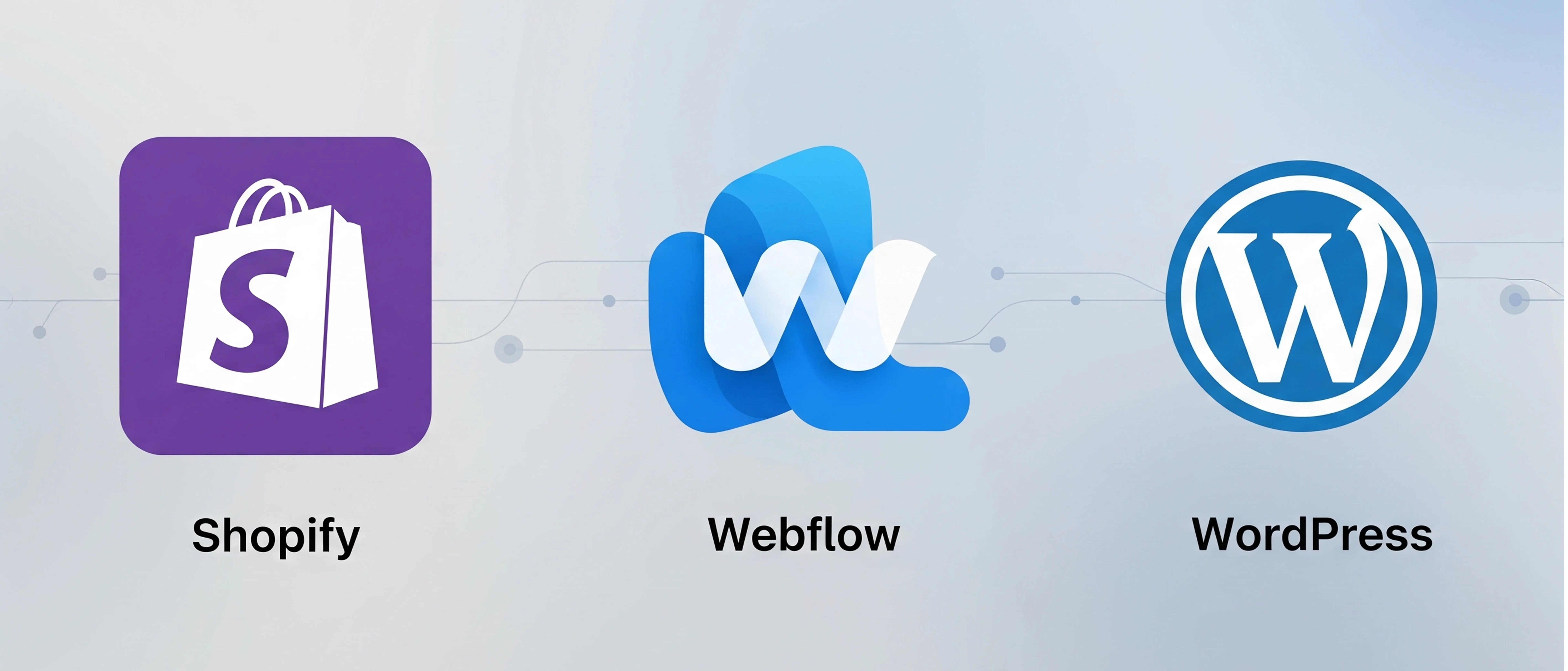Do You Really Need a Headless Website? A Simple Guide for Business Owners

You've probably heard the term 'headless' buzzing around the web development world. It's often touted as the future of the web, promising unparalleled speed and flexibility. But it's also surrounded by technical jargon that can be confusing for business owners. What does it actually mean, and more importantly, is it a necessary investment for your business, or is it expensive overkill?
As a Shopify developer who specializes in headless commerce solutions, I'm here to cut through the hype and provide a straightforward guide to help you make a smart, strategic decision.
What is a Headless Website in Plain English?

Let's use a simple analogy. Think of a traditional website platform like WordPress or Shopify as a standard retail store.
In a traditional 'monolithic' system, the customer-facing storefront (the 'head') and the back-office warehouse and cash register (the 'body') are all part of the same, single building. You can redecorate the storefront, but you can't easily move it or change its fundamental structure.
A **headless architecture** separates them. The 'body'—your content, products, and data—lives in a powerful, centralized system called a headless CMS (Content Management System) or commerce backend. The 'head'—your actual website or app—is built completely separately and pulls in the data it needs through APIs (Application Programming Interfaces).
This means you can have one 'warehouse' of content that powers multiple 'storefronts'—a website, a mobile app, an in-store kiosk, or even a smart watch application.
The 3 Main Benefits of Going Headless
This separation isn't just a technical novelty; it offers significant business advantages.
1. Unmatched Speed and Performance
Because the front-end is decoupled, it can be built with modern, lightweight frameworks like Next.js or Gatsby. These frameworks are designed for pure speed. They pre-build pages and serve them from a global CDN, resulting in near-instant load times. This dramatically improves Core Web Vitals, which is a major factor for both user experience and Google search rankings.
2. Total Creative Freedom
You are no longer constrained by the design limitations of a traditional theme system. Any layout, user interaction, or unique animation you can imagine is possible. This allows you to create a truly bespoke, app-like digital experience that perfectly embodies your brand.
3. Omnichannel Future-Proofing
Your content is stored centrally and can be delivered to any platform via an API. This makes you instantly 'omnichannel-ready.' If you decide to launch a mobile app next year, you don't need a separate content system; you simply build a new 'head' that pulls from your existing CMS. This is incredibly efficient and scalable.
A Checklist: Is a Headless Approach Right for You?
Headless is a powerful solution, but it's not for everyone. It represents a significant investment in time and resources. Here’s a checklist to see if it aligns with your needs.
You should strongly consider a headless approach if:
- Speed is your absolute top priority. You are in a competitive market where every millisecond counts for conversions.
- Your design vision is unique and complex. A standard theme simply cannot achieve the app-like experience you want to create.
- You are a high-volume eCommerce store. You need the performance of a static front-end combined with the power of a backend like Shopify Plus (this is known as headless commerce).
- You need to serve content to multiple platforms. You have both a website and a mobile app and want a single source of truth for your content.
- You have a long-term vision. You see this as a foundational investment that will scale with your business for years to come.
When is Headless Overkill? (An Honest Answer)

To build trust, it's important to be honest about when headless is *not* the right choice. A traditional monolithic approach is likely better if:
- You are a small business, startup, or solopreneur on a limited budget.
- You need a simple brochure website, portfolio, or standard blog.
- Your business needs are comfortably met by a standard Shopify or WordPress theme and its app ecosystem.
- You need to launch very quickly and don't have complex design or performance requirements.
Conclusion: A Strategic Investment
Choosing to go headless is a strategic business decision, not just a technical one. It offers incredible advantages in performance, flexibility, and scalability, but requires a larger upfront investment. If you're an ambitious brand looking for a clear competitive edge, it might be the most powerful move you can make.
If you're exploring whether a headless architecture is the right next step for your business, I'd be happy to provide a technical consultation to analyze your goals and give you an honest recommendation. If you move forward, work with a certified Shopify developer to implement headless commerce correctly.
A plain-English guide to headless architecture. Understand the benefits (speed, flexibility), the costs, and whether a headless CMS is right for your business.
Related posts

Beyond Pixel-Perfect: 5 Lessons from Turning a Figma Design into a High-Converting Shopify Store
Learn how to turn a Figma design into a lightning-fast, high-converting Shopify store. Discover key lessons on Core Web Vitals, A/B testing, and strategic app integrations.

Shopify vs. Webflow vs. WordPress: Which Platform is Right for Your Business in 2025?
An expert comparison of Shopify, Webflow, and WordPress. Understand the pros, cons, and ideal use cases for eCommerce, design freedom, and content to choose the best platform.